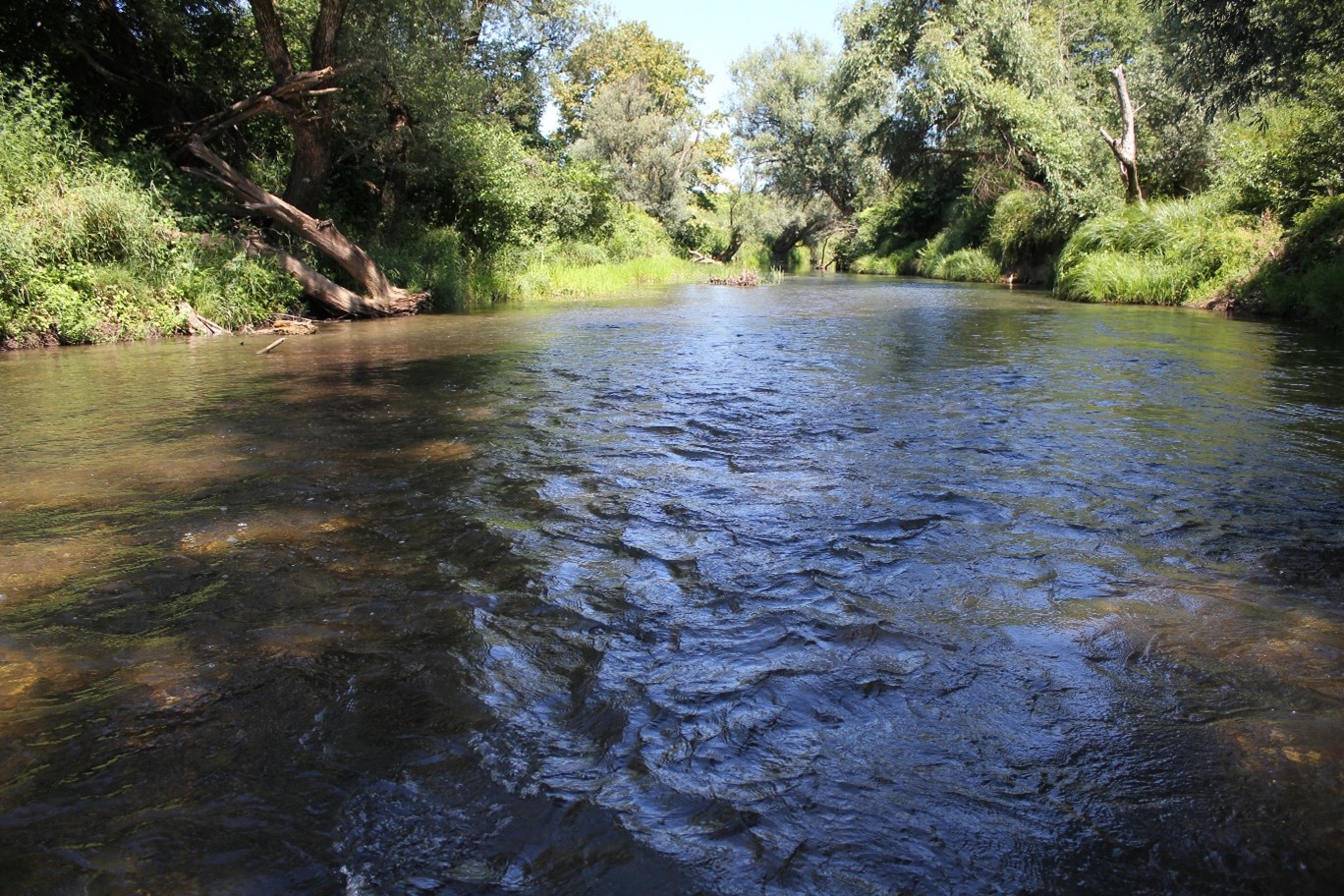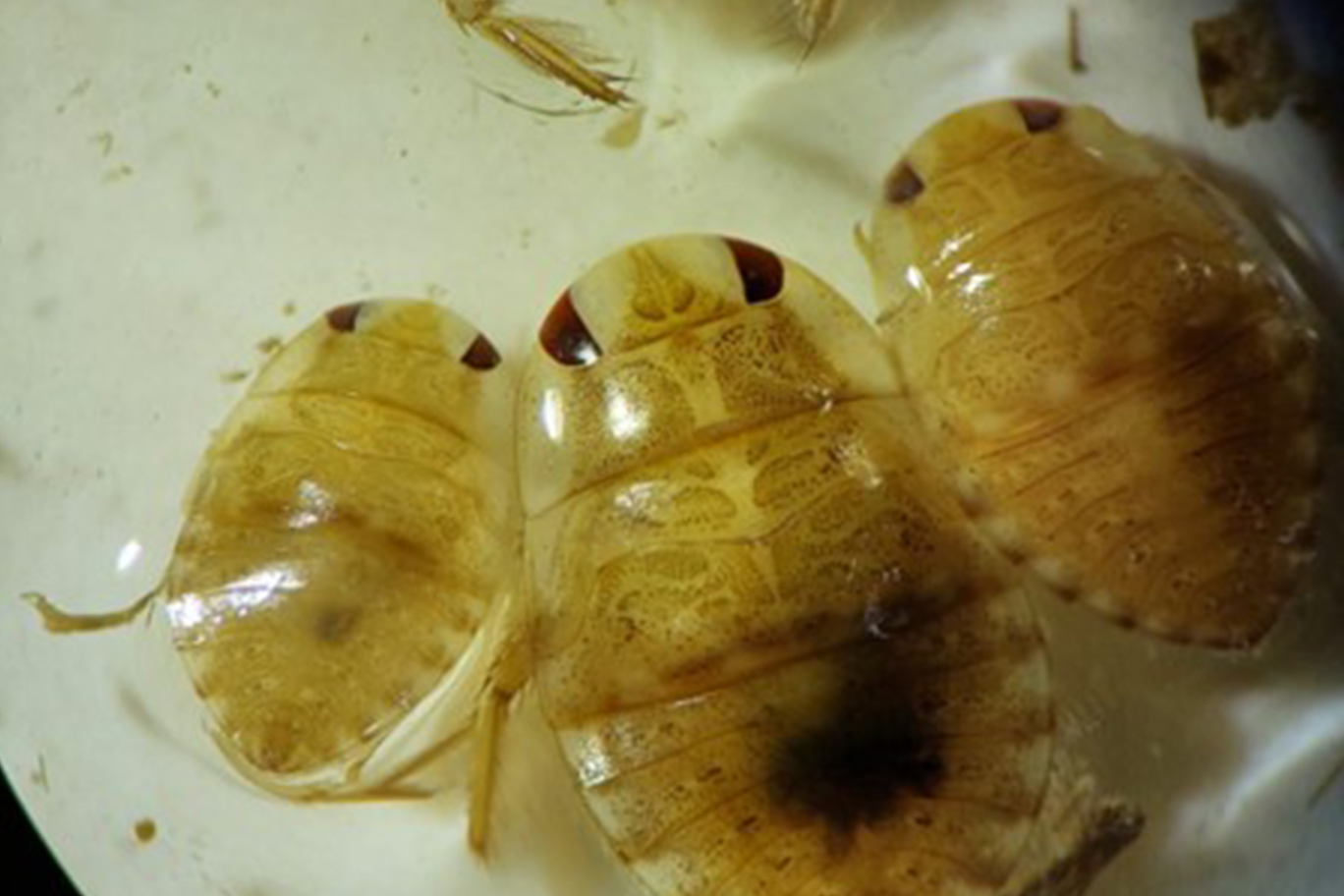Surface and underground water status of Croatia in 2023


The ecological status is based on the lowest assessment of the following elements: biological, physicochemical and hydromorphological quality elements and specific pollutants. The chemical status is based on the monitoring and assessment of 45 priority pollutants in water. These compounds are monitored in terms of their abundance in the environment due to human activities and their harmfulness to human health. The substances mentioned include pesticides (such as DDT, tributyltin and cypermethrin), heavy metals (lead, nickel, cadmium and mercury), combustion products and volatile hydrocarbons (such as benzene, tetrachloroethylene and chloroform). In addition to water, the chemical status is also assessed in biota by analysing the tissue content of fish and molluscs.
The results of the monitoring of surface waters carried out in the Republic of Croatia in 2023 showed that very good and good ecological status or good and better potential was achieved in 12% of flowing waters and 14% of standing waters. The most common reasons for not achieving good ecological status were the biological quality elements, in particular invertebrates, and the hydromorphological indicators, with morphological degradation was found to be more pronounced than hydrological degradation. Good ecological status for transitional waters was achieved at 40 % of the monitoring stations, while it was achieved for coastal waters at 77 % of the monitoring stations, with the remaining stations exceeding the limits for transparency, salinity, nutrients and biological quality elements.
On the other hand, good chemical status was achieved at 66% of river monitoring stations, 58% of standing water and transitional water stations and 42% of coastal water stations. The most common reason for failing to achieve good chemical status is the widespread use of pesticides such as cypermethrin and tributyltin and the presence of benzo(a)pyrene, a by-product of domestic and industrial combustion.
Since surface and groundwater systems are closely interconnected, especially in the porous karst substrate that makes up the entire mountainous and coastal region of the Republic of Croatia, the state of groundwater largely reflects surface contamination. It has been shown that good chemical status has been achieved in 68% of groundwater bodies. The most common reason for the failure to achieve good status is the exceedance of values for nitrogen and phosphorus compounds, which we attribute to agricultural influences. In the Adriatic groundwater bodies, the limit values for chlorides are exceeded due to the intrusion of saline seawater into the confined aquifers of the islands.
A detailed overview of the assessment procedure and the assessment for each indicator can be found under the link.

Glina river measuring station with a natural hydromorphological condition.

The Krapanj drainage channel with pronounced hydromorphological degradation.

Water bugs as an example of invertebrates inhabiting freshwater ecosystems.